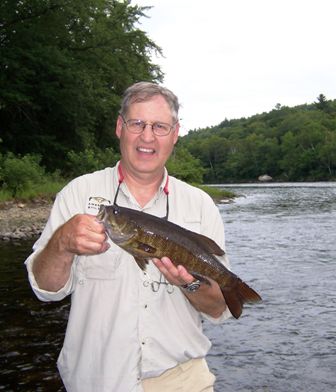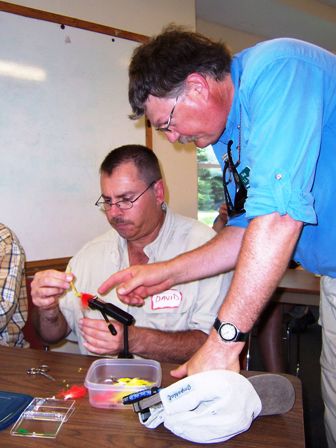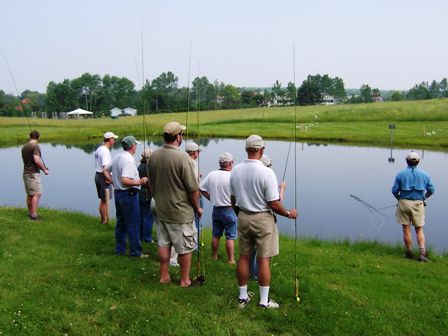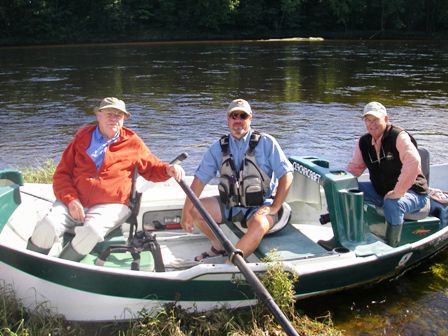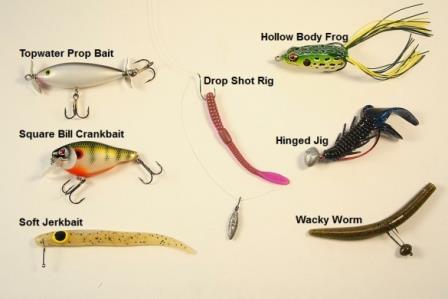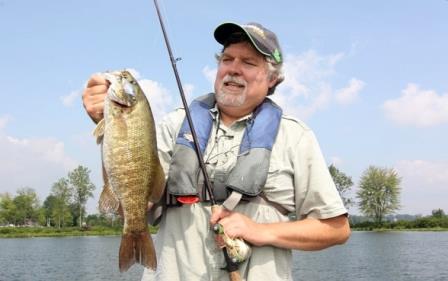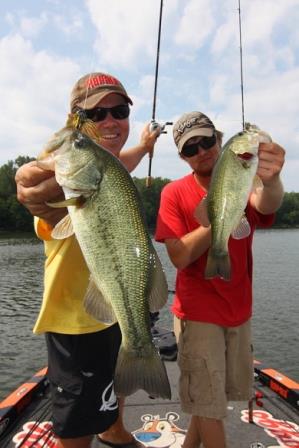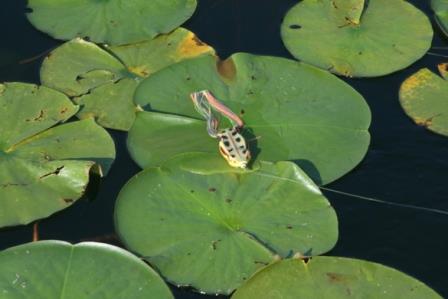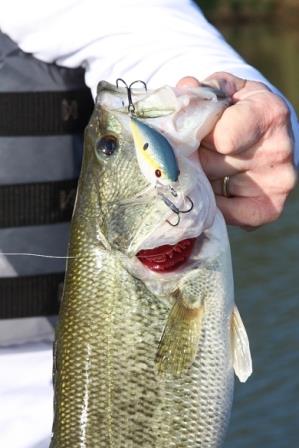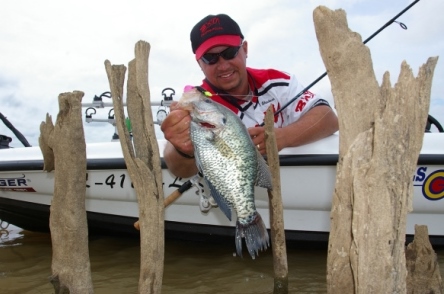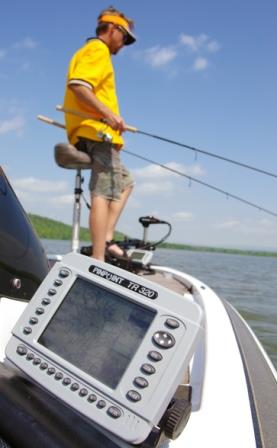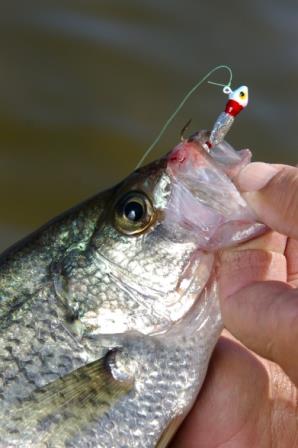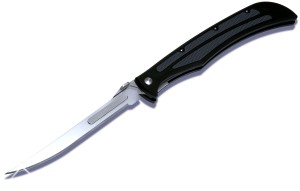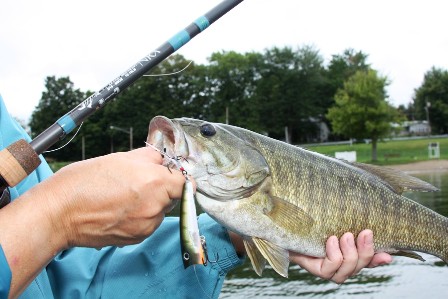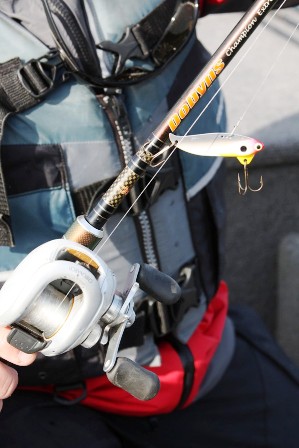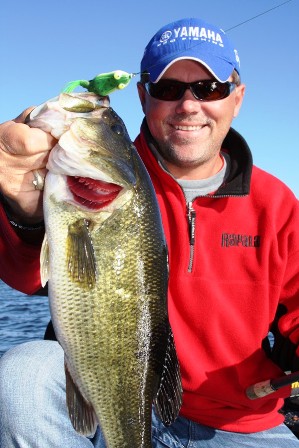By Ron Spomer
You can always tell a veteran deer hunter —
you just can’t tell him much!
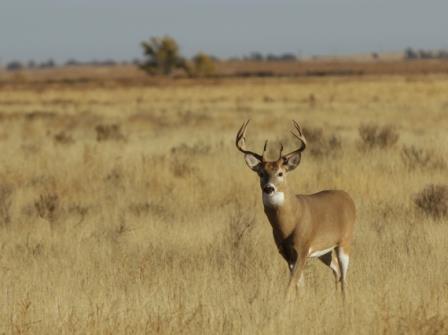
“No self-respecting buck will be out in that open field at this time of day!” Oops! Never assume you know it all. (Photo: Ron Spomer)
We old timers who’ve been around the buck a time or two certainly know more than most young whipper snappers, but that superior experience sometimes comes back to bite us. Here are five big mistakes any deer hunter can make — even with many decades of experience under his belt.
1. We know it all. Except we don’t.
There’s always something new to learn about our quarry, our gear, our tactics and ourselves. Don’t make this mistake of thinking only “inside the box.” Keep an open mind. Research. Investigate. Try new things and be willing to learn.
Because some folks did this we now know that bucks are NOT spooked by human urine. That they do not stick to a tight core area throughout the fall rut period. That the oldest bucks do not always turn nocturnal and that the biggest buck in the area does not breed the greatest number of does. Know-it-all veterans (like me) have been shown that the right 75-grain .224 bullet will drift less in the wind than the wrong 150-grain .308 bullet and that a 95-grain 243 Winchester hits with more energy at 100 yards than a 170-grain .30-30.

“This stand always produces!” Well, it used to. Don’t be afraid to move and find new and better hunting areas. (Photo: Ron Spomer)
2. We get stuck in a rut.
Hunting the rut is good. Being stuck in one is bad. The older and more experienced we get, the more likely we’ll fall into doing the same old same old. Just because that hot stand in the corner of the field produced five good bucks five years in a row ten years ago doesn’t mean it will do it again. Habitats change, hunting pressure changes, deer change. We must change.
Wake up and pay attention. Where are the best feeding sites? The safest bedding areas? The most secure travel lanes? Where has hunting pressure increased and where has it decreased? Figure it out and be ready to shift, move and change tactics. The good old days probably were good, but if they no longer are, admit it and set about creating the good NEW days.
3. We get lazy with gun handling.
This is an all too common but deadly mistake. Those of us who have handled, manipulated, cleaned, repaired and used “Old Death Wind” for two decades or more can get a bit sloppy about it. We forget to check the bore for obstructions after the off season. We get to reminiscing on the hike out of the woods and forget to unload the magazine. We grab an old box of ammo and load up without checking the head stamps. We start pushing down fence wires with the butt stock when crossing.
Yikes! The list of unsafe gun handling mistakes is a long and deadly one. Make a vow to stay on your toes when handling firearms. If you have to get stuck in a rut, the safe gun handling rut is the one to be stuck in.
4. We assume too much.
“No respectable buck is going to be out in that open field at this time of day.” So you drive over the rise and there he is — or was — courting a doe within easy rifle shot. If only you’d sneaked over instead! It’s smart to use what we’ve learned about whitetails over the years.
Being sure of what you know saves time and energy and often leads to success. But it can just as often lead to regrets. Instead of saying “always” and “never,” think “usually” and “rarely.” Then be prepared to take advantage of those exceptions.
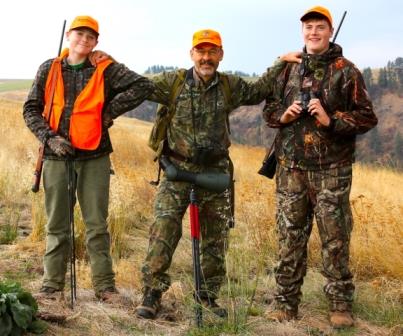
“I don’t want competition from kids stumbling through my hunting grounds!” Hey – new recruits are our only chance for perpetuating both hunting and the game we hunt. Welcome them, train them. (Photo: Ron Spomer)
5. We discount new hunters.
Old friends are a comfort, but they could spell the end of hunting. Once they pass, who takes over? Who fights the fight we’ve fought for wildlife and hunting? Our increasingly urbanized, overcrowded world is drifting away from hunting and wildlife interactions. If we old timers go to our graves with our secrets and our passions, our grandkids will lose not only their right to hunt, but the wildlife they want to hunt. Even wildlife watching opportunities will diminish.
Hunters rebuilt wildlife habitat and restored wildlife species across North America following the exploitation era of the 19th century. Our interests, political pressure and dollars have made and funded the incredible 20th century resurgence in whitetails, turkeys, elk, geese, wood ducks, bears, mountain lions, wolves, beavers, otters and more. Without hunters as watchdogs, the forces of urbanization would bulldoze wildlife and wild places off the map while young people seek solace in digital toys.
So leave your comfort zone, break your habits and spread the good news. Bring new hunters of all ages into your orbit. Show kids the joys of the outdoor life. Feed ’em jerky. Pass on your hunting heritage or it will disappear along with the animals that inspired it. That will be the biggest mistake of all.
About Ron Spomer:
Ron Spomer is rifles columnist for Sporting Classics, field editor for American Hunter, travel columnist for Sports Afield and contributor to Ducks Unlimited, Pheasants Forever and numerous other magazines and websites. He’s host of “Winchester World of Whitetail” on Outdoor Channel and dozens of informative videos on his own YouTube channel. Learn more at www.ronspomeroutdoors.com.
2,192 total views, no views today




